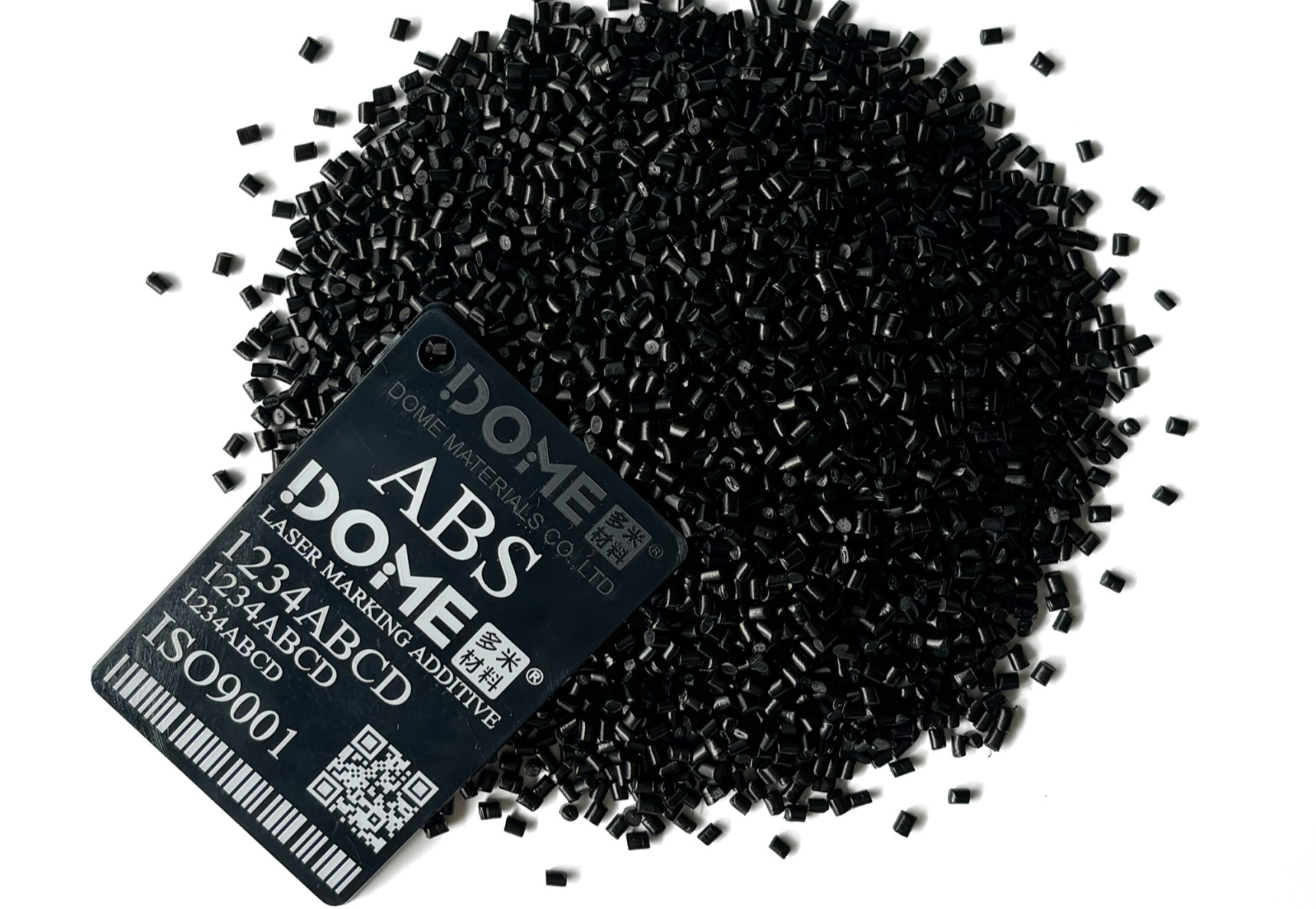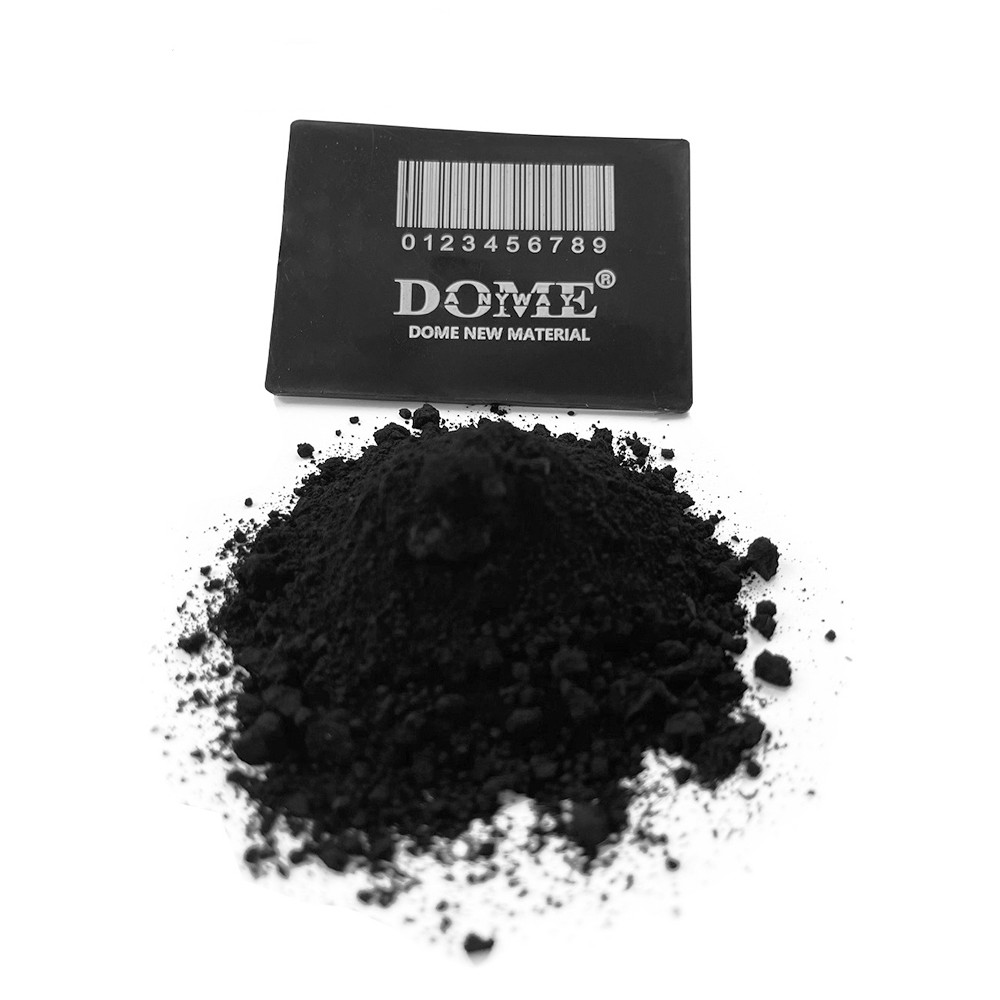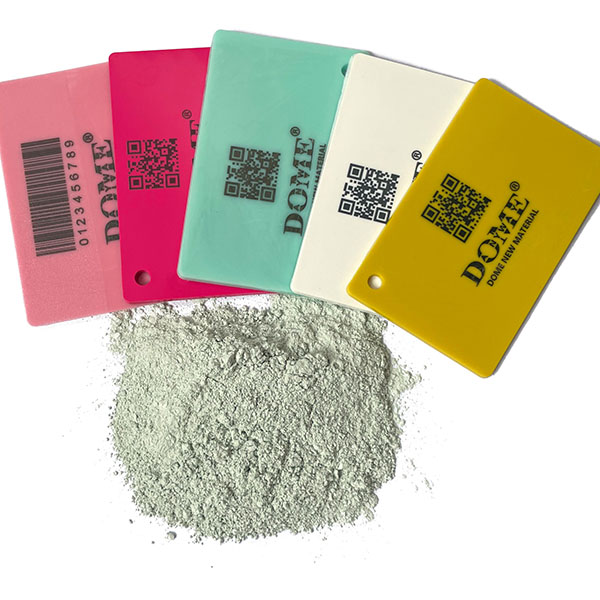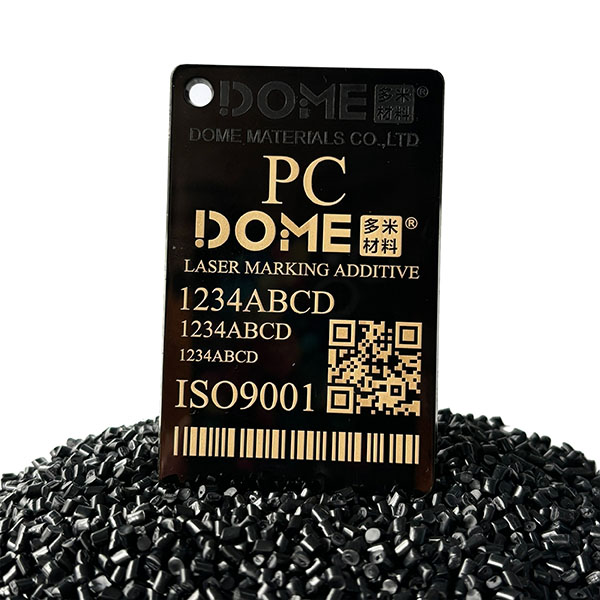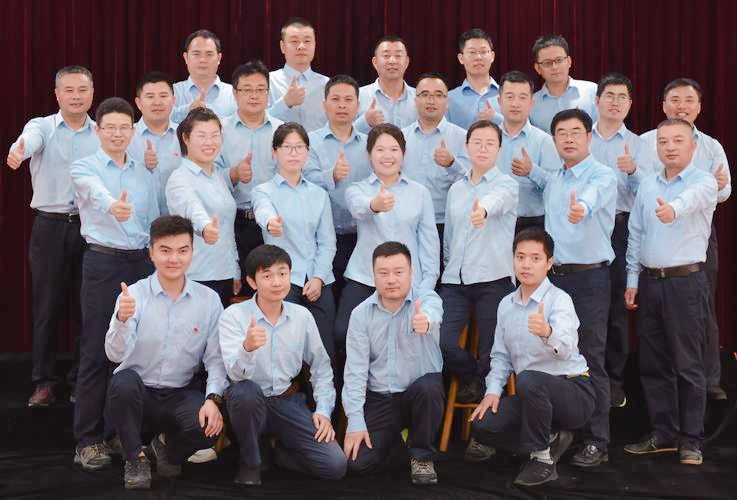Introduction
Thermoplastic compounds are indispensable in modern industry due to their recyclability, durability, and cost-effectiveness. From packaging to aerospace, these materials offer unique performance advantages across applications. This article details the 10 most widely used thermoplastic compounds, detailing their properties, features, and ideal use cases to help you select the right material.

1. Polyethylene (PE)
Properties:
• Chemical Resistance: Impervious to acids, alkalis, oils, and solvents.
• Flexibility: LDPE (Low-Density Polyethylene) is pliable, while HDPE (High-Density Polyethylene) offers rigidity.
• Lightweight: Low density makes it ideal for weight-sensitive applications.
Applications:
• Packaging: Plastic bags, films, and bottles.
• Piping: Water supply pipes and gas hoses.
• Industrial Parts: Buckets, buoys, toys.
Key Manufacturers:
2. Polypropylene (PP)
Properties:
• High Heat Resistance: Withstands continuous use up to 100°C+.
• Stiffness: High impact resistance with dimensional stability.
• Recyclability: Widely used in sustainable manufacturing.
Applications:
• Automotive: Bumpers, dashboards.
• Medical: Syringes, labware.
• Consumer Goods: Storage bins, synthetic fibers (carpets, ropes).
Key Manufacturers:
3. Polyvinyl Chloride (PVC)
Properties:
• Adjustable Hardness: Ranges from rigid to flexible via additives.
• Flame Retardance: Releases hydrogen chloride to inhibit combustion.
• Cost-Effective: Economical for mass production.
Applications:
• Construction: Pipes, window frames, flooring.
• Medical: IV tubing, blood bags.
• Electronics: Cable insulation, sheathing.
Key Manufacturers:
4. Polystyrene (PS)
Properties:
• High Transparency: Glass-like clarity.
• Easy Molding: Suitable for intricate injection molding.
• Electrical Insulation: Excellent dielectric properties.
Applications:
• Packaging: Disposable cutlery, food containers.
• Electronics: Appliance housings, insulating components.
• Stationery: Pen cases, display stands.
Key Manufacturers:
5. Polyethylene Terephthalate (PET)
Properties:
• Barrier Properties: Resists oxygen, moisture, and CO₂.
• Fatigue Resistance: Ideal for repeated bending.
• Recyclable: Widely repurposed in circular economies.
Applications:
• Packaging: Beverage bottles, food wrappers.
• Textiles: Polyester fibers.
• Industrial: Capacitors, solar panel backsheets.
Key Manufacturers:
6. Polycarbonate (PC)
Properties:
• High Impact Resistance: Shatterproof, ideal for safety gear.
• Optical Clarity: 90% light transmittance, rivaling glass.
• Heat Resistance: Glass transition temperature of 147°C.
Applications:
• Safety Gear: Bulletproof glass, goggles.
• Electronics: Smartphone screens, laptop casings.
• Medical: Dialysis machines, blood storage containers.
Key Manufacturers:
7. Nylon (PA, Polyamide)
Properties:
• Wear Resistance: Low friction and long lifespan.
• Self-lubrication: Reduces energy loss in motion.
• Chemical Resistance: Resists oils, fuels, and solvents.
Applications:
• Automotive: Engine covers, gears.
• Textiles: Sportswear, ropes.
• Industrial: Bearings, pulleys.
Key Manufacturers:
8. Polyoxymethylene (POM, Acetal)
Properties:
• Metal-Like Rigidity: Near-metal strength and hardness.
• Low Friction: Ideal for precision sliding components.
• Dimensional Stability: Minimal warping under temperature changes.
Applications:
• Automotive: Door handles, fuel system parts.
• Electronics: Switches, relays.
• Industrial: Valves, gears.
Key Manufacturers:
9. Polymethyl Methacrylate (PMMA, Acrylic)
Properties:
• Superior Transparency: 92% light transmittance, UV-resistant.
• Machinability: It is Easy to heat-form or cut.
• Weather Resistance: Does not yellow over time.
Applications:
• Architecture: Skylights, signage.
• Consumer Electronics: Phone screen protectors.
• Medical: Dentures, optical lenses.
Key Manufacturers:
10. Polyamide-Imide (PAI
Properties:
• Extreme Heat Resistance: It operates continuously at 260°C.
• Chemical Stability: Resists strong acids, bases, and solvents.
• High Strength-to-Weight Ratio: It is Lighter than metals with superior creep resistance.
Applications:
• Aerospace: Engine components, high-temp seals.
• Electronics: Chip substrates, insulators.
• Oil & Gas: Valves, pumps.
Key Manufacturers:
Key Considerations for Material Selection
1. Environmental Conditions: Temperature, pressure, and chemical exposure.
2. Mechanical Demands: Strength, toughness, and wear resistance.
3. Processing Constraints: Compatibility with injection molding, extrusion, etc.
4. Sustainability: Recyclability and compliance with regulations (e.g., RoHS, FDA).
Conclusion
From everyday consumer goods to cutting-edge technologies, thermoplastic compounds balance performance and cost, driving innovation across industries. Understanding their unique properties ensures optimal material selection for efficiency and reliability. For tailored solutions or expert guidance, consult material specialists today!
Keywords: Thermoplastic compounds, PE, PP, PVC, engineering plastics, material selection

